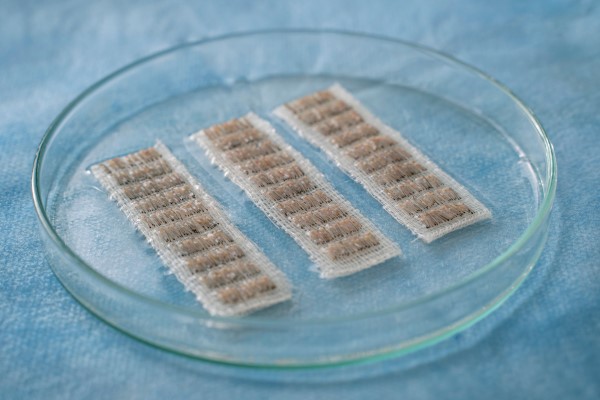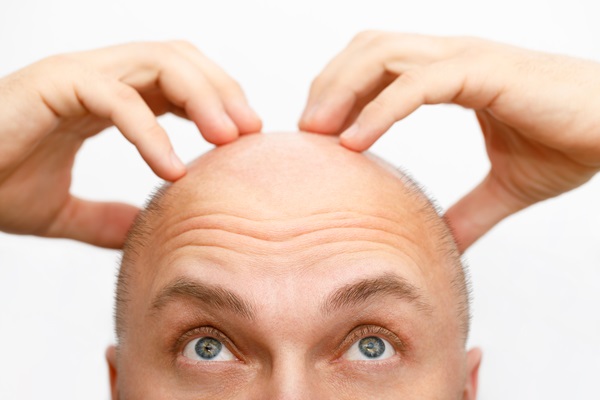Hair Graft: FAQ

A hair graft procedure can be life-changing. If you are due for the procedure, you probably have questions so you can prepare or know what to expect. Medical professionals typically recommend doing proper research on any hair restoration procedure before proceeding. The following are answers to questions commonly asked by those who have experienced hair loss.
What are the chances of successful treatment?
A hair graft demands that patients have strong and healthy hair, which is often located at the back or sides of the head. This is called the safe zone or donor area. These locations are not prone to genetic hair loss, also called male and female pattern baldness. Other conditions, such as traction alopecia and chemical damage, can cause hair loss in the donor area. It is necessary to take the hair from the safe zone to ensure that hair growth will continue in that area even after the transplant.
Despite that, the doctor can remove hair from the donor area successfully and transplant it to parts where there is hair loss. A successful outcome depends on certain factors, such as the experience and skills of the doctor performing the procedure. When properly done, the hair graft will develop and look natural.
Can the donor hair come from someone else?
This is a common myth associated with hair graft. It is not possible to use another person’s hair for the hair graft procedure. The hairs must match the patient’s DNA and can come from the scalp or the body. This removes the need to use antirejection meds.
What is the essence of follicular units?
Follicular units are natural hair bunches, with a group containing up to four hairs. On the side of the head is more of one and two hair units, while the back has larger three and four hair units. Doctors commonly use follicular units for hair grafts. They remove and distribute the units accordingly to recreate the natural hair lush.
Will the hair be as full as before?
A hair graft cannot look exactly as the hair used to look. However, the goal is to create an appearance of fullness, especially if the hair loss has reached an advanced stage. The doctor can do this by carefully grafting the hair follicles to hide the scalp. The result is a head of hair that looks appealing. For an eligible candidate, the hair graft can be a good choice for correcting hair loss at any stage.
How long does the hair graft take?
The hair graft is usually performed on an outpatient basis. The procedure can last between four to eight hours per session. The duration depends on the method and number of grafts or hair follicles required. Patients will remain comfortable all through the procedure due to the local anesthesia or mild sedative used.
In conclusion
Patients experiencing hair loss who are considering hair graft should meet with the doctor for a consultation appointment. The medical professional will address any concerns you have during the meeting and perform the necessary evaluation to determine if you are eligible for the treatment.
Get more information here: http://dillonhair.com or call Dillon Hair Restoration at (800) 518-9307
Check out what others are saying about our services on Yelp: Hair Graft in Schaumburg, IL.
Recent Posts
Hair loss can usher in mixed emotions and damper your self-esteem, whether or not you were expecting the day. Fortunately, hair plugs or grafts can provide patients with a full head of their natural hair. If thinning or balding is something you are experiencing right now, help is available at our Schaumburg office. First, review…
Hair thinning treatments are far more versatile than they get credit for. Our team works closely with each patient to determine the root cause of their thinning tresses and craft an effective treatment plan. Take a closer look at common causes of hair thinning and the various methods we can use to treat it.Many factors…
Hair loss can significantly impact people, affecting their self-confidence and interpersonal relationships. Fortunately, hair grafting, also known as hair transplantation, provides a viable option to restore the natural hairline. If you are still deciding whether to pursue a hair graft, here are three reasons to consider it.Unlike temporary solutions like wigs or hairpieces, a hair…
For those with wrinkled skin, Botox® injections can provide great relief. While it may be a natural sign of aging, the presence of wrinkles can be frustrating to some. Thanks to the scientific research and testing in the 1990s by several dermatologists, Botox® was approved in 2002 by the Food and Drug Administration for cosmetic…


